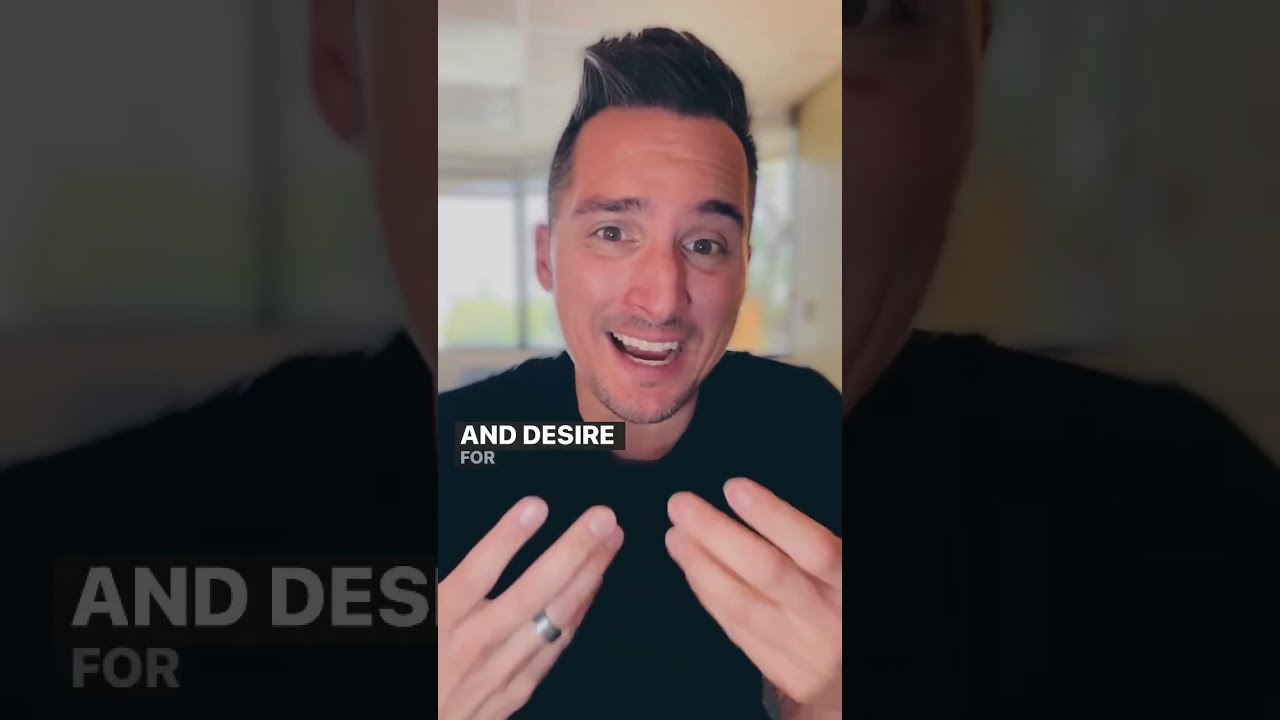
Fearful Avoidants After a Breakup: Coping with Their Emotional Rollercoaster
Introduction
Breakups can be incredibly challenging for anyone, but for individuals with fearful avoidant attachment styles, the emotional rollercoaster can be especially intense. Fearful avoidants are characterized by a deep fear of intimacy and a strong desire for connection, which can create a complex and often tumultuous experience after a breakup. In this article, we will explore the various stages and emotions that fearful avoidants may go through after a breakup, as well as provide coping strategies to navigate this difficult time.

Understanding Fearful Avoidant Attachment
Before delving into the post-breakup experience, it is important to have a clear understanding of what it means to have a fearful avoidant attachment style. Individuals with this dismissive-avoidant attachment style attachment style often have conflicting desires for both closeness and independence in relationships. They may have experienced trauma or inconsistent caregiving in their past, leading to an internal struggle between their desire for connection and their fear of being hurt or rejected.
Fearful avoidants tend to vacillate between intense longing for intimacy and pushing others away due to fear of vulnerability. This ambivalence can create a cycle of push-pull dynamics in relationships and can be particularly challenging during the aftermath of a breakup.
The Emotional Rollercoaster: Fearful Avoidant Breakup Stages
Stage 1: Denial and Shock
After a breakup, fearful avoidants may initially experience feelings of denial and shock. They may struggle to accept that the relationship has ended and may hold onto hope that things will somehow work out. This stage can be marked by confusion, disbelief, and an overwhelming sense of loss.
Stage 2: Intense Emotions
As the reality of the breakup sets in, fearful avoidants may experience intense emotions such as sadness, anger, and fear. These emotions can come in waves and may feel overwhelming at times. It is common for fearful avoidants to have difficulty processing and expressing their emotions, which can further exacerbate their emotional turmoil.
Stage 3: Pushing Others Away
In an attempt to protect themselves from further pain and vulnerability, fearful avoidants may resort to pushing others away. They may create emotional distance, avoid contact with their ex-partner, and engage in self-isolation. This behavior can be a defense mechanism to shield themselves from the pain of rejection or abandonment.
Stage 4: Yearning for Reconnection
Despite their efforts to push others away, fearful avoidants often experience a deep longing for reconnection. They may constantly think about their ex-partner, fantasize about getting back together, or feel a strong desire to reach out. This stage can be incredibly challenging as it involves navigating conflicting emotions and desires.
Stage 5: Self-Reflection and Growth
As time passes, fearful avoidants may begin to engage in self-reflection and introspection. They may start to examine the patterns and dynamics that contributed to the breakup and explore their own fears and insecurities. This stage can be an opportunity for personal growth and development if the individual is willing to confront their attachment style and work towards healing.
Stage 6: Acceptance and Moving Forward
The final stage of the breakup process for fearful avoidants involves acceptance and moving forward. This stage is marked by a gradual acceptance of the end of the relationship and a willingness to let go of the past. It is important to note that this stage can take time and may involve setbacks along the way.
Coping Strategies for Fearful Avoidants After a Breakup
FAQs
Q: Signs an avoidant is done with you? A: Some signs that an avoidant may be done with you include a sudden lack of communication, avoidance of emotional intimacy, and a disinterest in resolving conflicts.
Q: Dismissive avoidant saying "I love you"? A: Dismissive avoidants may struggle to express their feelings verbally, so hearing them say "I love you" can be rare. However, they may show their love through actions rather than words.
Q: Fearful avoidant breakup stages? A: The stages of a fearful avoidant breakup include denial and shock, intense emotions, pushing others away, yearning for reconnection, self-reflection and growth, and acceptance and moving forward.
Q: How to make an anxious-avoidant relationship work? A: Making an anxious-avoidant relationship work requires open communication, setting healthy boundaries, and understanding each other's attachment styles.
Q: Two avoidants in a relationship? A: Two avoidants in a relationship can face challenges due to their fear of intimacy. It is important for both individuals to actively work on their attachment styles and communicate openly.
Q: Do avoidants stalk social media? A: Avoidants may be more inclined to avoid social media stalking as it can trigger feelings of jealousy or insecurity. However, individual tendencies may vary.
Conclusion
Coping with the emotional rollercoaster after a breakup can be particularly challenging for individuals with fearful avoidant attachment styles. The intense and conflicting emotions they experience can make it difficult to navigate the healing process. However, by understanding their attachment style and implementing coping strategies such as seeking support, practicing self-care, and engaging in self-reflection, fearful avoidants can begin to heal and move towards healthier relationships in the future. Remember, healing takes time and patience, so be gentle with yourself as you navigate this emotional journey.